
Omamori Japan’s Good Luck Charms Sakuraco
12 Japanese Lucky Charms and Their Meanings When choosing Japanese tableware or other items made in Japan, have you ever wondered what meaning is attributed to the motifs found on them? The motifs that frequently appear on various Japanese products have specific meanings.

8 Fascinating Japanese Good Luck Charms and Symbols
Wiki Omamori - Japanese Lucky Charms Updated: April 8, 2018 8 Comments 7,142 Views People often ask me what you can actually do at a Japanese shrine or temple. Apart from the buildings that can be very impressive - at least to the Western eye - there are quite a few things you can do.

Japanese Lucky Charms A Guide to Omamori for the New Year Lead Savvy
These lucky charms are named engimono in Japanese. A large majority of Japanese people believe in good (and bad) fortune, and many people possess one or more engimono. Generally, these talismans can be bought in temples and shrines. A good time to buy one is shortly after the New Year to ensure good fortune and good luck for the upcoming year.
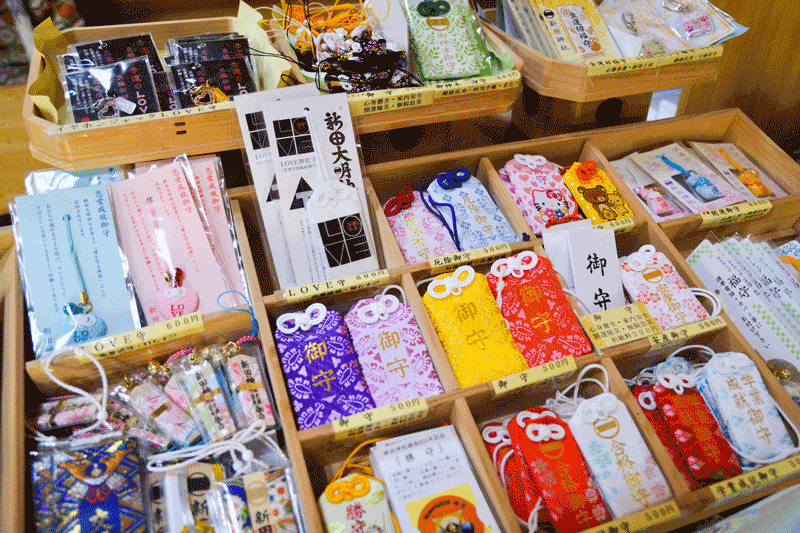
Japanese Lucky Charms The Guide to Omamori Tokyo Weekender
In Kioto, the famous Kinkakuji (金閣寺) is a temple and Fushimi Inari is a shrine. The easiest way to recognize it's usually because of the shrines have a torii at the entrance. Although the most popular is typical in red color, there are different types of torii, such as wood or stone. As Buddhism and Shinto have been in Japan since.
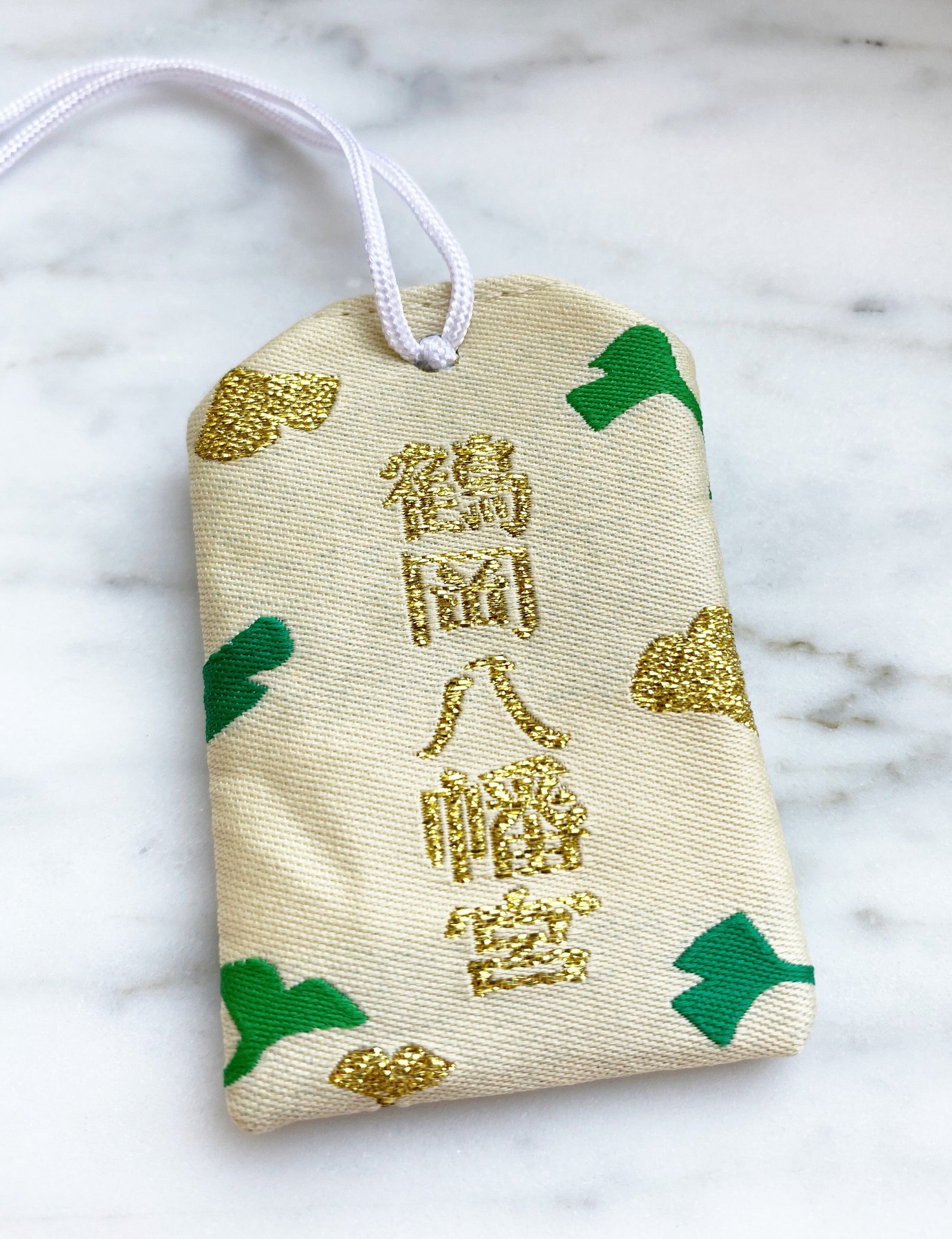
Japanese Amulet Omamori Charm Lucky Charms Good Luck Etsy
Japan isn't unique for having these-every culture has their own version-but Japanese charms have become a bit more international with their appearance in manga and anime. Some work similar to the American lucky-rabbit's foot. Others are rather different. Talismans and other charms overlap with toys in Japanese culture.
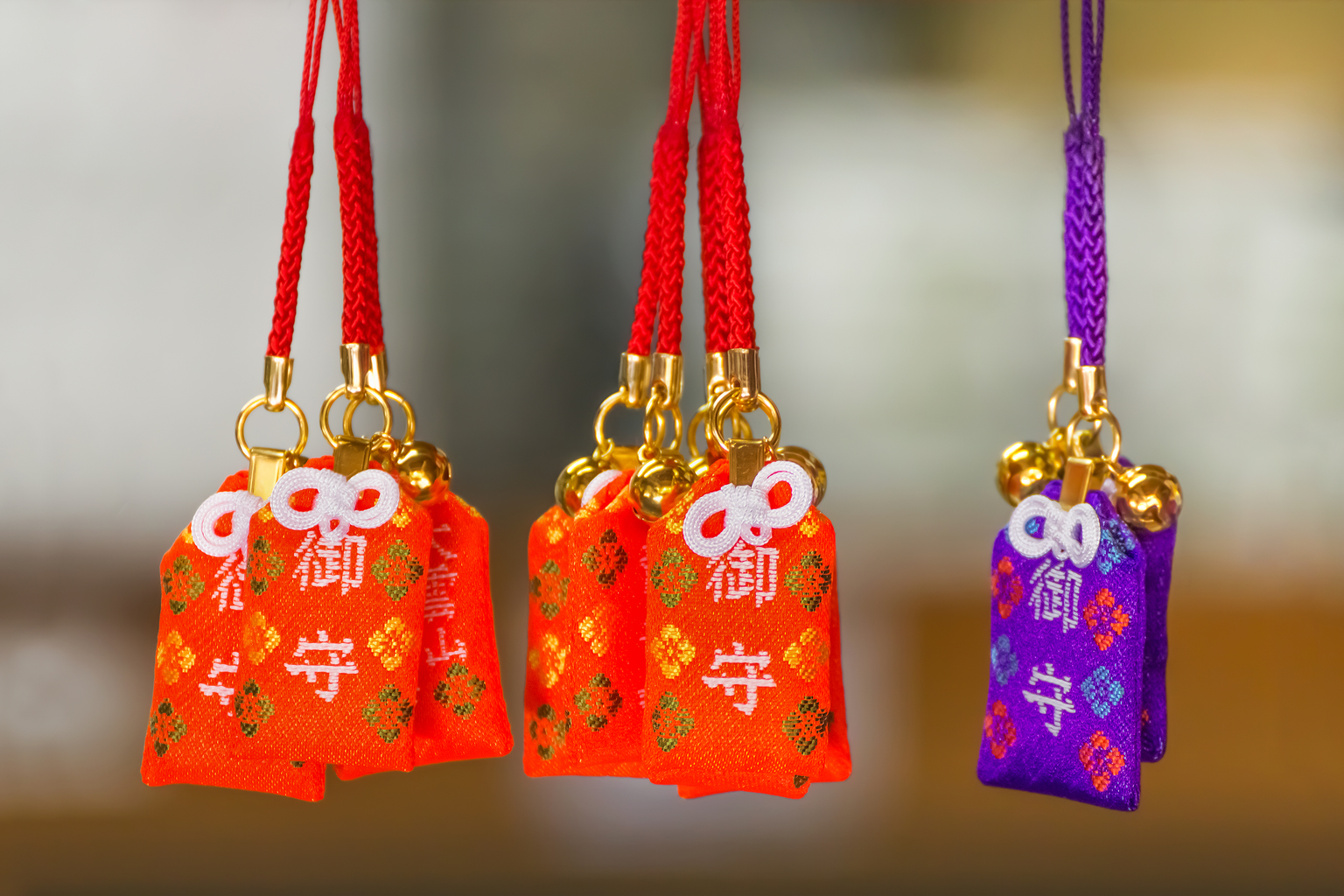
Japanese Lucky Charms The Guide to Omamori Tokyo Weekender
What's an Omamori Charm? Omamori charms are small colourful good-luck pouches which contain sacred inscriptions inside. They are commonly sold in Shinto shrines and Buddhist temples. They act as charms to ward off or protect the owner from evil spirits and bad luck. Most visitors to Japan would have come across these omamori amulets.
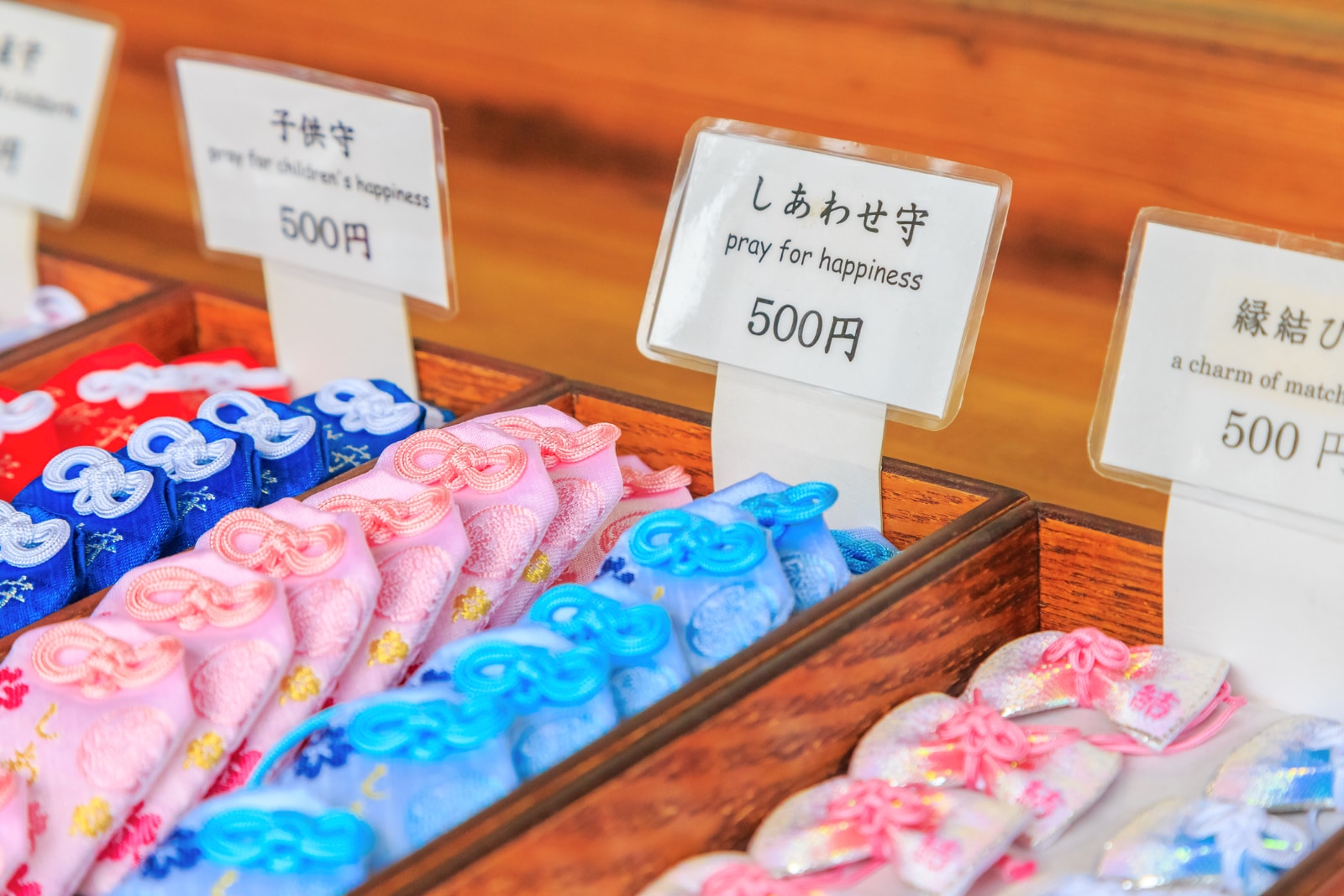
Japanese Lucky Charms A Guide to Omamori for the New Year Savvy Tokyo
Money and Business Talisman : Most of this charm comes in money shape or yellow color, good luck in finding money or make business success. Love Talisman : Love omamori is main talisman for temple and shrine, mostly call "Enmusubi". Have lucky in love for single, couples and married. Success & Victory Talisman : The most popular type amulet.
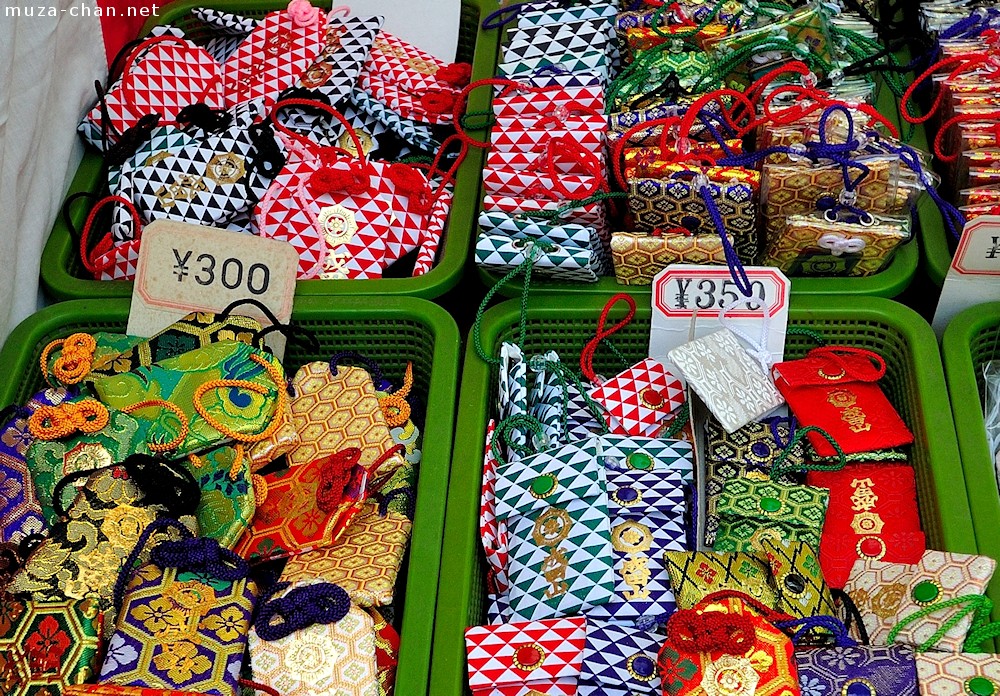
Omamori, Japanese good luck charms
Japan Blog Omamori, the Japanese Lucky Charm Every life event has its own omamori. Whether it is a protective talisman or a good luck charm, omamori are available to meet even the most unpredictable needs. Omamori are Japanese amulets that contain powers and are traditionally sold in Buddhist temples and Shinto shrines.

Omamori japanese amulet lucky charm desire amulets Todaiji of Nara
Japanese lucky charm: Omamori. Omamori literally means "something that will protect you". They are small lucky charms. You can get them in almost all Shinto shrines and Buddhist temples in Tokyo or more widely in the land of the Rising Sun. Everybody can buy this lucky item, whatever his religion is. It is a gift to the temple or shrine.

Japanese Lucky Charms in Shrines and Temples Japan Web Magazine
In Japanese "omamori" (お守り, 御守) means "to protect" or "protection." Introduced to Japan via the Buddhist practice of selling amulets, omamori can be found at any temple or shrine with a small shop.
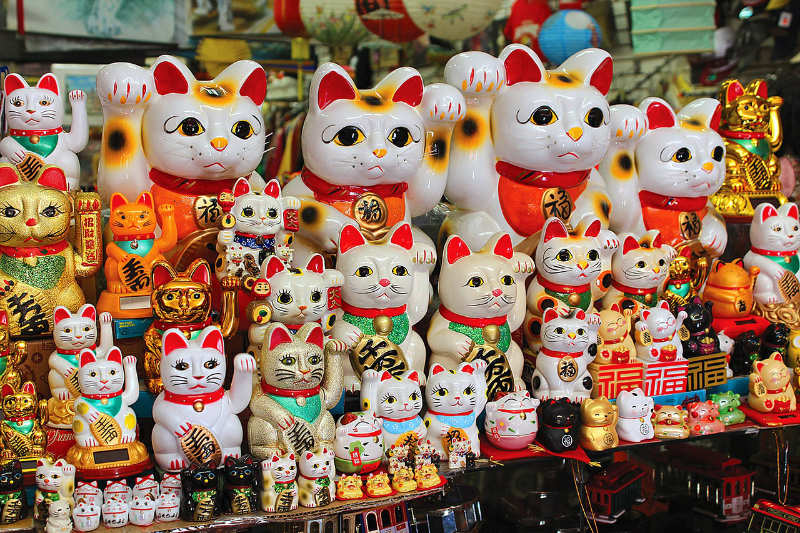
8 Fascinating Japanese Good Luck Charms and Symbols
Omamori ( 御守 / お守り) are Japanese amulets commonly sold at Shinto shrines and Buddhist temples, dedicated to particular Shinto kami as well as Buddhist figures, and are said to provide various forms of luck and protection. Origin and usage The word mamori ( 守り) means 'protection', with omamori being the sonkeigo (honorific) form of the word.

Japanese Good Luck Charms and Symbols Feng Shui Beginner Good luck
Japanese lucky charms are called "engimono" (縁起物), meaning items with positive "engi." Engi is usually translated as "luck" but originally referred to a Buddhist doctrine teaching that "everything has a cause and nothing occurs without meaning." In a larger sense, it means that everything in the world is connected by invisible threads.
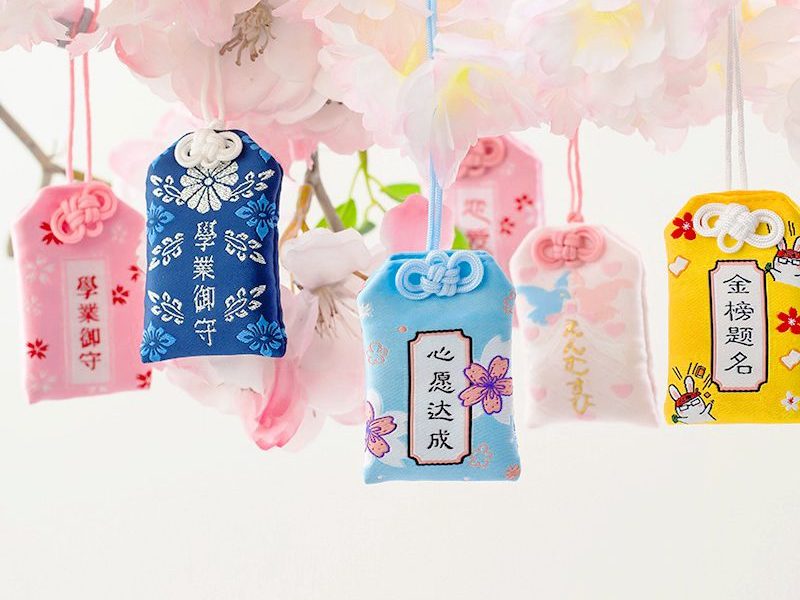
Omamori Charms Complete Guide About These Japanese Lucky Amulets
All over Japan, each shrine and temple you may drop in on sells small omamori—loosely translated, the word means amulet (as a form of protection) or talisman (as a provider of luck), and the kanji at the heart of the word means "to guide or protect." They are meant to be put on or in your phone, purse, wallet, home wall, pocket, or the like.
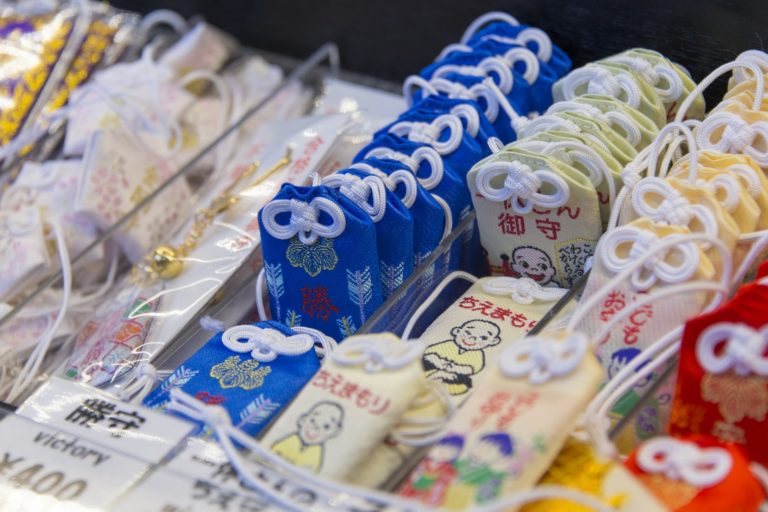
Japanese Lucky Charms A Guide to Omamori for the New Year Savvy Tokyo
1. Maneki Neko 2. Daruma Doll 3. Ema - Wishing Plaques 4. Origami Crane 5. Laughing Buddha (Hotei) 6. Koi Fish / Carp 7. Omamori - Japanese Lucky Charms 8. Golden Lucky Turtle 1. Maneki Neko This beckoning cat is one of the most popular good luck symbols well-liked by many people. They believed it could bring good luck to the home and office space.

9 Japanese Symbols of Luck and Good Fortune
An omamori is an amulet or good luck charm from Japan that wards away evil. There are many amulets/charms for different milestones, such as passing a school exam, getting married, etc. Omamori also comes in different shapes, sizes, and prices. We'll explore the history of omamori and the different types of omamori you can buy in Japan.

Japanese Charms Omamori Lucky Charms Good Luck Charms in Japan
Suzu mamori A bell type. It is believed that the clear sound of this Japanese tiny bell scares away evil spirits, hence it protects you. Other A temple / shrine sometimes has its unique mamori, generally using what it's deeply connected, its symbol, etc.